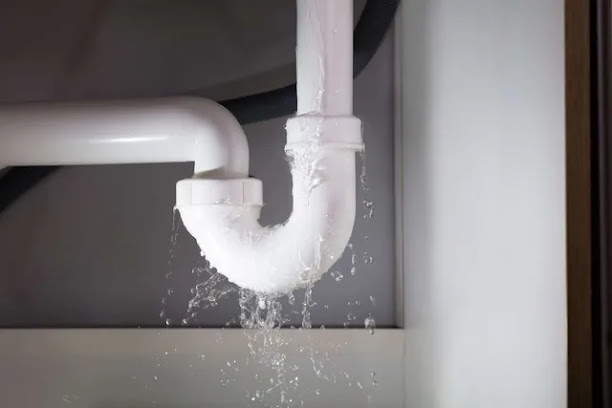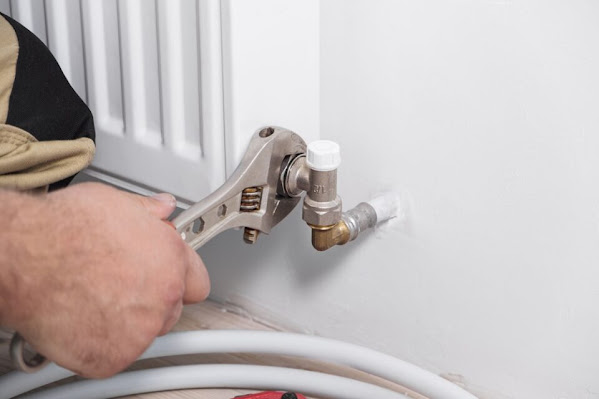THE HOSE BIB ON MY WATER HEATER IS DRIPPING WATER
Addressing a Dripping Hose Bib on Your Water Heater: Troubleshooting and Solutions
Discovering a dripping hose bib on your water heater can be a cause for concern, as it may indicate a potential issue with your heating system. In this article, we will explore the common reasons behind a dripping hose bib and provide practical solutions to address the problem.
Understanding the Hose Bib: The hose bib on a water heater is a valve that allows for the connection of a hose to drain the tank or perform maintenance. When you notice water dripping from this valve, it's essential to investigate the cause promptly.
Possible Causes of Dripping:
- Normal Condensation: In some cases, a small amount of dripping may be due to condensation, especially in humid environments. However, persistent or excessive dripping is usually a sign of an underlying issue.
- Faulty TPR Valve: The Temperature and Pressure Relief (TPR) valve is designed to release excess pressure and temperature from the water heater. If this valve is faulty or improperly installed, it can lead to dripping.
Troubleshooting Steps:
- Check for Tightness: Ensure that the hose bib is securely closed. Sometimes, a loose or partially open valve can cause dripping.
- Inspect the TPR Valve: Examine the TPR valve for signs of leakage or corrosion. If you notice any issues, it may be necessary to replace the valve.
- Test the Pressure Relief Valve: Carefully test the TPR valve by lifting and lowering the lever a few times. If water continues to drip after testing, it may be time to replace the valve.
DIY Solutions:
- Tighten the Hose Bib: If the dripping is due to a loose connection, use a wrench to tighten the hose bib gently. Be cautious not to overtighten, as this may damage the valve.
- Replace the TPR Valve: If the TPR valve is the culprit, replacing it is a relatively straightforward process. Ensure you turn off the power and water supply to the heater before attempting any replacements.
When to Seek Professional Help:
- Persistent Leaks: If the dripping persists after attempting DIY solutions, it's advisable to seek the assistance of a professional plumber.
- Corroded or Damaged Components: If you observe corrosion or damage to the TPR valve or hose bib, a professional assessment is necessary to ensure proper functioning and prevent further issues.
Preventive Maintenance:
- Regular Inspections: Periodically inspect your water heater for any signs of leaks or corrosion. Catching potential issues early can save you from costly repairs in the long run.
- Annual Flushing: Consider flushing your water heater annually to remove sediment buildup, which can contribute to valve and hose bib issues.
Conclusion: A dripping hose bib on your water heater is a problem that warrants prompt attention. By understanding the potential causes and following the troubleshooting steps outlined in this article, you can address the issue effectively. Remember to prioritize safety and, if needed, consult with a professional plumber for a thorough assessment and resolution of the problem. Regular maintenance and vigilance can contribute to the longevity and efficient performance of your water heating system.




Comments
Post a Comment